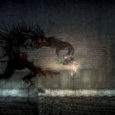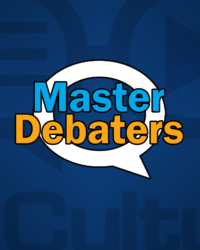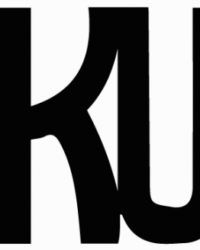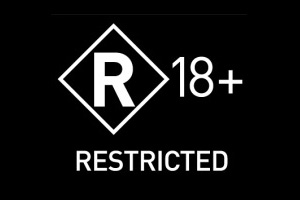 In the United States, we have a video and computer games rating system that makes sense. It’s managed by the ESRB, and from eC (early childhood) to AO (adults only) the range of ratings make it pretty easy to know what to expect. Thanks to this system, a majority of the time we can make an accurate pre-purchase assessment about whether or not the game is appropriate for the audience we’re buying for. As much as your 8 year old kid would love to play God of War, the M rating on it may make you think twice about letting him or her get their Greek godly gore on. Something rated E may be more the speed you’re looking for. And there’s a rating band for everything, broken down even further than MPAA ratings for movies: between eC and AO are E (everyone), E10 (everyone 10+), T (teen), and M (mature). Similar ratings systems exist in other parts of the world too. In Europe for example that’s PEGI (Pan European Game Association). And for the most part they work – just ask the FTC. But there’s some parts of the world where these systems are (well, were) kind of broken and in need of some repair. And the place in question today is Australia.
In the United States, we have a video and computer games rating system that makes sense. It’s managed by the ESRB, and from eC (early childhood) to AO (adults only) the range of ratings make it pretty easy to know what to expect. Thanks to this system, a majority of the time we can make an accurate pre-purchase assessment about whether or not the game is appropriate for the audience we’re buying for. As much as your 8 year old kid would love to play God of War, the M rating on it may make you think twice about letting him or her get their Greek godly gore on. Something rated E may be more the speed you’re looking for. And there’s a rating band for everything, broken down even further than MPAA ratings for movies: between eC and AO are E (everyone), E10 (everyone 10+), T (teen), and M (mature). Similar ratings systems exist in other parts of the world too. In Europe for example that’s PEGI (Pan European Game Association). And for the most part they work – just ask the FTC. But there’s some parts of the world where these systems are (well, were) kind of broken and in need of some repair. And the place in question today is Australia.
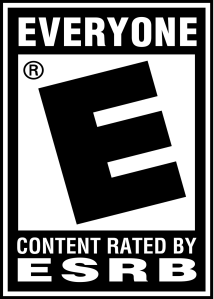 In Australia, game ratings are determined by the Australian Government’s Classification Board, but their ratings differed a little bit until recently from ESRB and PEGI style classifications. While ESRB and PEGI have ratings for games meant for adult audiences, Australia didn’t, only going up to an MA15+ at the maximum. So some games targeting adults that were released to the rest of the world never made it to the land down under. Mortal Kombat titles for example were banned there. Other games, like Silent Hill: Homecoming were modified by publishers so the Australian editions of the game conformed to MA15+. It became a real problem down there – as systems become more advanced thy’re more capable of showing realistic scenes including violence, which meant that Australian gamers had even that much less of a choice going to pick up some games.
In Australia, game ratings are determined by the Australian Government’s Classification Board, but their ratings differed a little bit until recently from ESRB and PEGI style classifications. While ESRB and PEGI have ratings for games meant for adult audiences, Australia didn’t, only going up to an MA15+ at the maximum. So some games targeting adults that were released to the rest of the world never made it to the land down under. Mortal Kombat titles for example were banned there. Other games, like Silent Hill: Homecoming were modified by publishers so the Australian editions of the game conformed to MA15+. It became a real problem down there – as systems become more advanced thy’re more capable of showing realistic scenes including violence, which meant that Australian gamers had even that much less of a choice going to pick up some games.
Over the last couple of years there has been a lot of debate in the Australian government about whether or not the Classification Board should create new ratings to allow for adult-themed games, or as they call them, games with “high-impact” themes. And after a lot of back and forth they finally decided that it would be a good idea. Starting this year, two new classifications were effective: R18+ and X18+, both illegal to sell to persons under 18 years of age.
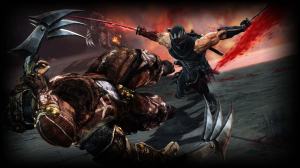 Well today Australian gamers can rejoice, as Lesley O’Brien, Director of the Classification Board put out a media release announcing that the R18+ classification would finally be in effect, and that the first game to carry the rating is going to be Ninja Gaiden 3: Razor’s Edge on Nintendo’s Wii U. Prior to 2013, Nintendo would have been refused classification for the game, prohibiting sale of the game in the country.
Well today Australian gamers can rejoice, as Lesley O’Brien, Director of the Classification Board put out a media release announcing that the R18+ classification would finally be in effect, and that the first game to carry the rating is going to be Ninja Gaiden 3: Razor’s Edge on Nintendo’s Wii U. Prior to 2013, Nintendo would have been refused classification for the game, prohibiting sale of the game in the country.
According to the release, “The Classification Board classified the game R18+ (Restricted) with consumer advice of ‘High impact bloody violence’.” Further, “Ninja Gaiden 3: Razor’s Edge contains violence that is high in impact because of its frequency, high definition graphics, and emphasis on blood effects.” Now the game will have an official R18+ rating, matching the ESRB’s M and PEGI’s 18+ ratings in the United States and Europe, and Ryu Hyabusa’s ninja antics can be executed across the outback.
I’m a firm proponent of video game ratings and do think that they provide folks (especially parents) with guidance as to what kind of content is inside. Everybody should familiarize themselves so they know the score a little better, and I will more than happily guide you to those resources: sites for the ESRB, PEGI, and the Australian Classification Board
Thanks Game Politics for the heads up!
Tushar Nene
Staff Writer
@tusharnene


